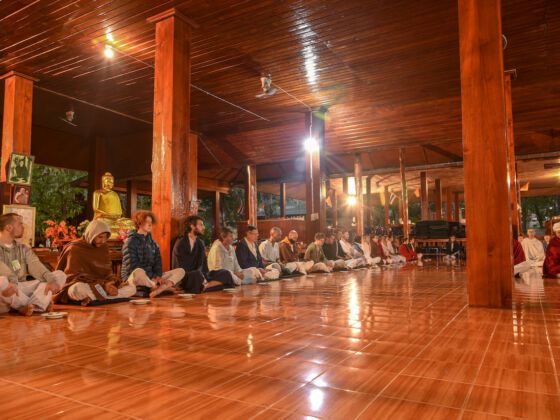I’ve been meditating regularly for about ten years now. I have to say, I’m much more relaxed than I used to be. I don’t worry as much, and I’ve become more patient.
I’m also more aware of how my mind works. I see patterns in the way I think and approach things. This makes me more aware of faults that I previously hadn’t noticed. I’ve also become more comfortable with who I am.
There are many different meditation techniques. The goals are generally the same; however, the methods for reaching that goal vary widely.
Meditation is a way to change your attitude towards life. As you practice, you gradually become more relaxed and feel more connected to other people around you. But even though it sounds easy, it’s harder than it seems.
